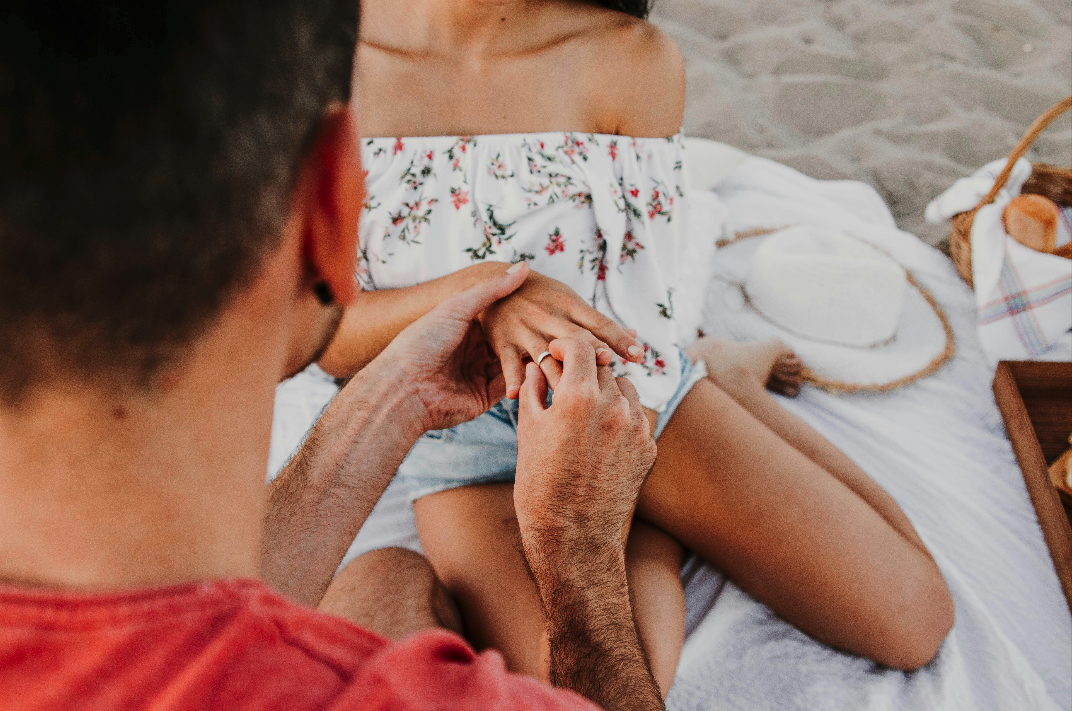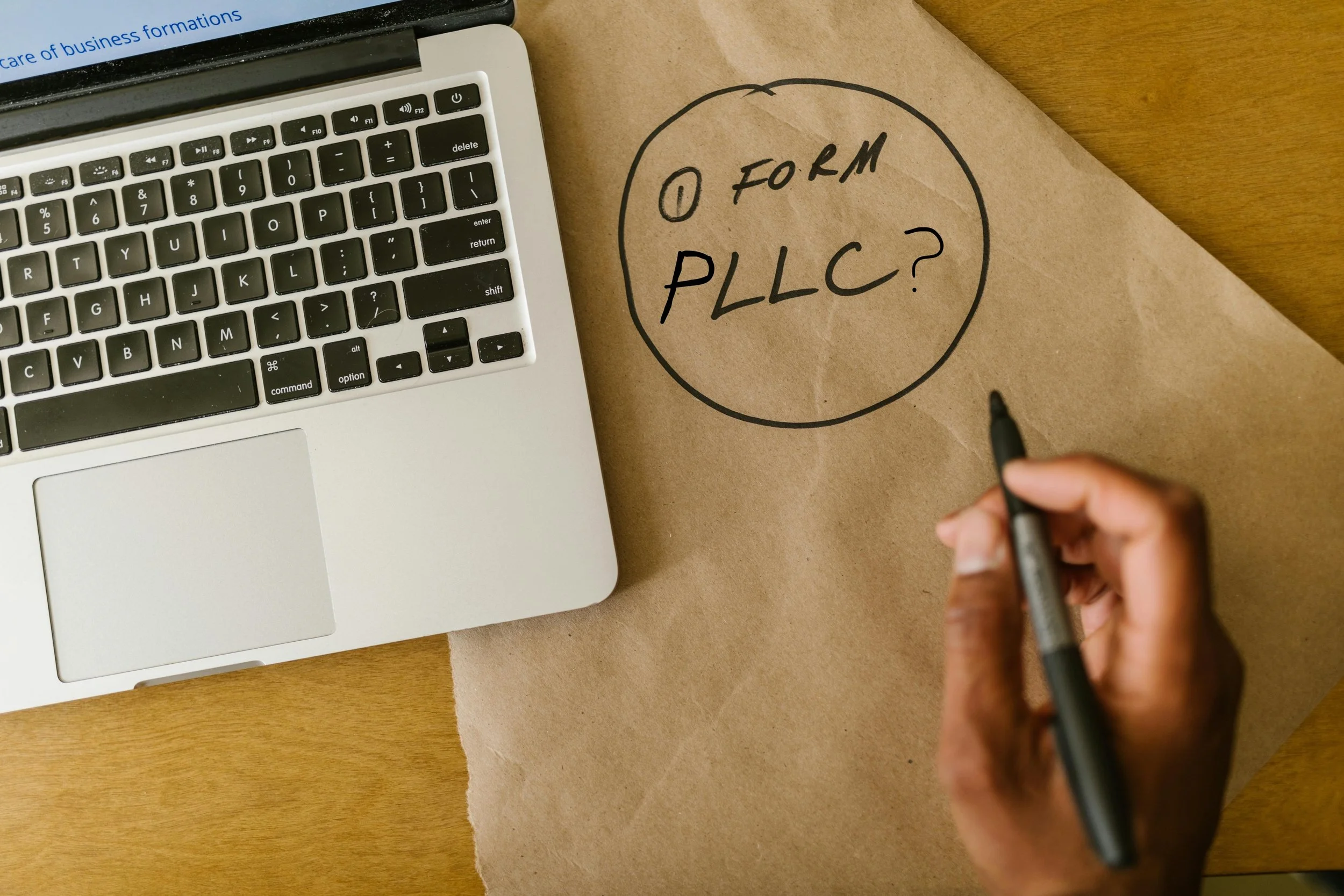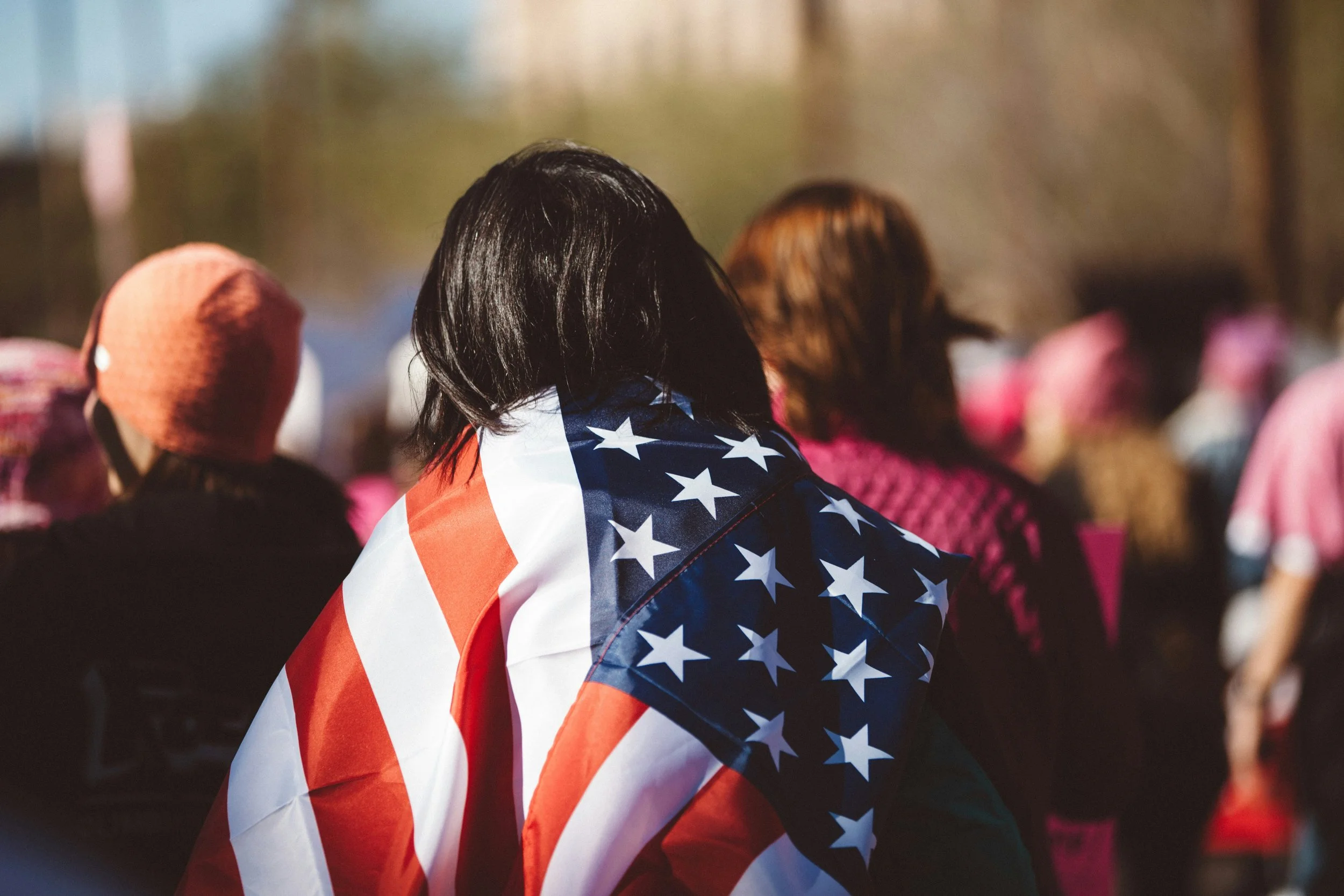Tips for Preparing a Successful I-129F (Fiancé Visa) Petition: Essential Evidences and Best Practices
Preparing a successful I-129F Petition for a fiancé(e) visa requires careful planning, accuracy, and proper documentation. By including required evidences and following some best practices, you can enhance the likelihood of your petition's approval. Here’s a guide to the evidence you’ll need and some best practices to consider when preparing a successful petition.
Required Evidences for a Successful I-129F Petition
In regards to the required evidences, here is a brief list of what you can expect to attach to your completed I-129F petition:
1. Proof of the Petitioner’s U.S. Citizenship
The petitioner must demonstrate that they are a U.S. citizen, and can prove so, by providing a copy of one of the following:
U.S. passport (biographical page) Copy;
Certified birth certificate; or
Certificate of Naturalization or Certificate of Citizenship
This evidence is crucial because if the petitioner is not a U.S. citizen, they cannot petition for their non-citizen fiancé(e).
2. Proof of Both Parties’ Intent to Marry
USCIS requires evidence that the couple genuinely intends to marry within 90 days of the non-citizen’s arrival in the U.S. You can prove this by providing the following:
Written statements from both parties expressing their intent to marry one another;
Communications or correspondence (emails, texts, letters, etc.) where marriage plans are discussed; and
Affidavits from friends or family verifying your relationship and plans to marry in the future
3. Proof of In-Person Meeting in the Last Two Years
To establish that you’ve met in person within the last two years before filing, include evidence such as:
Flight itineraries, travel tickets, or hotel receipts from your meeting;
Photographs of the two of you together (including date, location, and names);
Copies of entry/exit stamps in your passports or visa stamps showing travel;
Affidavits from friends and family confirming that they met you both together in-person (it is helpful to include pictures from those moments); and
Evidence of your engagement celebration (invitations, photographs, guest lists, etc.)
4. Proof that Both Parties Are Legally Free to Marry
If either of you has been previously married, include documents proving those marriages have legally ended:
Divorce decrees for any prior marriages; or
Death certificates, if applicable
These documents confirm that both you and your fiancé(e) are legally eligible to marry.
5. Passport Photos of Both the Petitioner and Beneficiary
Both the petitioner and the non-citizen fiancé(e) (beneficiary) must submit recent passport-sized photos. Be sure the photos:
Meet USCIS requirements for size, color, and background
Are labeled with the name, date taken, and location
Best Practices for Preparing a Successful I-129F Petition
Before you even consider the evidences that are required for a successful petition, you must of course complete the I-129F petition itself. The I-129F Petition form must be filled out completely and accurately; answering all the questions that are applicable to your situation. Most importantly, you must include the filing fee, which is currently $675.00. Be sure to follow the USCIS instructions on submitting the filing fee, whether by check or using Form G-1450 to pay by credit card.
Once you’ve completely filled out the I-129F and covered the filing fee, here are some best practices to follow when preparing your I-129F petition submission packet:
1. Provide a Detailed Cover Letter
Include a cover letter summarizing the purpose of the petition. It should:
Be addressed to the appropriate USCIS mailing address (Based on whether mailing via USPS or FedEx, DHL, UPS)
Be professional, organized, and clear in language and layout
List all forms and supporting evidences enclosed
Incorporate the evidences into a table of Exhibits, which briefly describe each piece of evidence, e.g., “Photos of Petitioner and Beneficiary from Trip to Italy (June 2024)”
2. Organize Evidences into Exhibits
If you followed the advice above, you should have a table in your cover letter that lays out each Exhibit (i.e., A, B, C, etc.) and what is contained within each one. Now, you should create separate Exhibit Pages to lay on top of each set of evidences. For example:
Label each exhibit with a clear title, such as Exhibit A
For each Exhibit, include the actual evidences that are listed in the table laid out in the cover letter.
3. Label Photos and Any Evidence that is Not Clearly Identifiable with Detailed Information
The goal is to avoid any confusion and ensure that the USCIS officer reviewing your case can easily ascertain from the evidences exactly what you are trying to prove. For photos, include:
Names of the people in the photo (include relationship details like “Petitioner’s mother,” Beneficiary’s cousin.”)
Date the photo was taken
Location of the photo
4. Translate Documents That Are Not in English
If any documents are in a language other than English, you must provide:
A full English translation of the document
A certification from the translator attesting to the accuracy of the translation
5. Notarize Affidavits
For all affidavits provided as evidence in your case, you should include notarized versions. This helps USCIS confirm that the author of the affidavit is who they say they are. It’s very easy to create fake letters to include in your application to help bolster it, so USCIS will favor affidavits that are notarized over non-notarized ones.
Conclusion
Preparing an I-129F Petition is a detailed process, but following these guidelines can help ensure your submission is complete and organized. From gathering required evidences to implementing best practices, a well-prepared petition can bring you closer to reuniting with your fiancé(e) in the United States. The ultimate goal is to review everything several times and be sure that you’ve responded to every question, provided every requested evidence and paid the appropriate filing fee. The more organized and detailed, the better your chances are of securing a successful result.
How We Can Help
At Carbone Law, we are experienced in assisting clients with I-129F petitions. We can help you assess your situation and guide you through any issues related to the fiancé(e) process. If you are interested in filing for a K-1 fiancé(e) visa, please do not hesitate to give us a call at (212) 547-8857 or schedule a consultation online and we'd be happy to work with you. Our experienced immigration attorneys are here to provide the advice you need. Contact us today and take the next step towards applying for your fiancé(e) visa!
Disclaimer: This blog post and similar posts are not to be considered as providing legal advice. The discussion here is meant for educational and informational purposes only and shall not create an attorney-client relationship with the readers of this content.
tags
- 90 Day Rule 1
- Addendum 1
- Adjustment of Status 15
- Advance Parole 1
- Affidavit of Support 1
- Americans with Disabilities Act 1
- Attorney-Client Privilege 1
- Attorney-Client Relationship 1
- Background Checks 1
- Bargaining Power 1
- Bars to Adjustment of Status 1
- Board of Directors 1
- Bona Fide Marital Relationship 3
- By-laws 1
- CIMT 1
- Certificate of Authority 1
- Certificate of Citizenship 1
- Child Citizenship Act of 2000 1
- Commercial Leases 1
- Conditional Green Card 6
- Confidentiality 1
- Consular Processing 3
- Consulting Agreements 1
- Continuous Residency 1
- Contract Clauses 9
- Contract Negotiation 6
- Contracts 12
- Coronavirus 4
- Corporations 6
- Correcting Errors 1
- Crime Involving Moral Turpitude 1
- Crime Victims 6
- DACA 1
- Dissolving LLCs 1
- ESTA 1
- Employees 3
- Employers 3
- Expanded Family/Medical Leave 1
- FOIA Requests 1
- False Claim to U.S. Citizenship 1
- Fiancé Visa Interview 1
- Fiancé Visas 10
- Force Majeure 2
- Foreign PLLCs 2
- Freedom of Information Act 1
- Good Moral Character 7
- Green Card Interview 2
- Greencard 17
- I-129F 1
- I-130 Application 3





